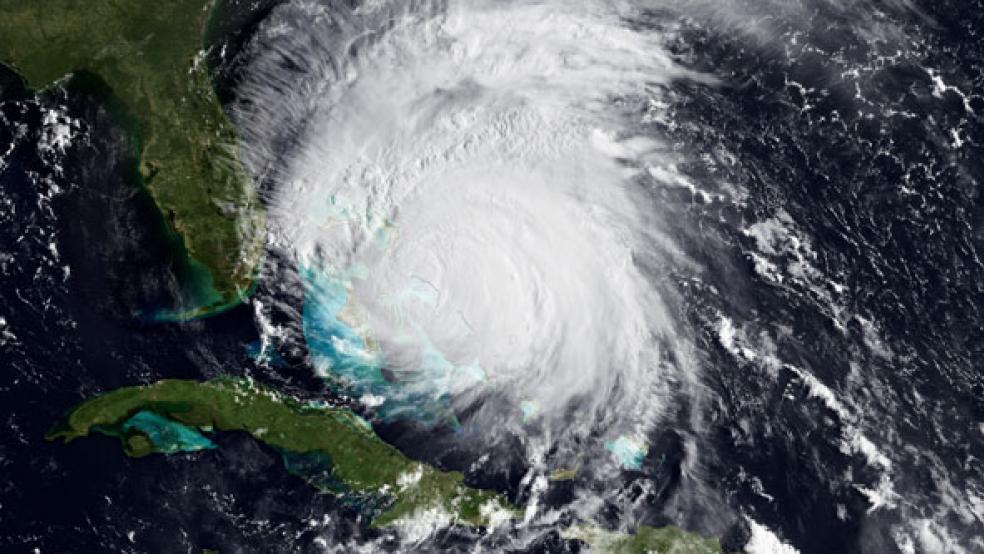Hurricane Matthew made its way north Wednesday toward the Bahamas and the U.S. East Coast. The strongest tropical storm in the Atlantic in a decade, Matthew already trampled Cuba and Haiti.
When the next storm inevitably forms later in the year, it will be named Nicole. After that comes Otto.
Related: Hurricane Season This Year May Be Strongest Since Sandy
Meteorological officials decide on storm names years in advance and reuse the same names every few years, with exceptions. CNBC looked into the history and process of naming the storms that come across the Caribbean and threaten the nation's Southern and East coasts.
A list of names is established by the World Meteorological Organization. The United Nations agency maintains a list of 21 names for each of six years, which are repeated. In other words, the same list is used every seven years. So within a decade, it's possible to have two storms with the same name hit the country.

The names on each year's list alternate between male and female: That way, you'll never have two storms of the same gender back to back. The names also tend to be concise, like Bret and Erin. Only a few have more than two or three syllables.
"Experience shows that the use of short, distinctive names in written as well as spoken communications is quicker and less subject to error than the older, more cumbersome latitude-longitude identification methods," the National Oceanic and Atmospheric Administration wrote on its website.
Related: Hurricane Matthew kills at least 17, takes aim at Bahamas, U.S.
The only time the lists are changed is when a storm is so costly or deadly that the World Meteorological Organization finds it would be inappropriate to use the name again. We'll never have another Hurricane Katrina, for example, or another Hurricane Sandy.
Not without controversy
For decades, hurricanes were named for the saint's day on which they occurred (like "San Felipe" in 1928). The U.S. started giving hurricanes female names in 1953. It wasn't until 1979 that hurricanes in the Atlantic and Gulf of Mexico began receiving both male and female names.
"U.S. hurricanes used to be given only female names, a practice that meteorologists of a different era considered appropriate due to such characteristics of hurricanes as unpredictability," researchers wrote in the Proceedings of the National Academy of Science in 2014.
The researchers found that hurricanes with female names cause more deaths than male-named storms, suggesting that people don't prepare as much for the feminine storms.
The paper recommended that policymakers consider a new naming system that wouldn't cause "human response to be influence by the mental representations associated with those categories."
Americans also apparently respond to the names of storms in the way they name their children. A 2012 analysis found that after Katrina, there was an unusual increase in the number of children with K-names: Kimberly, Karen or Kevin. People avoided the name of the hurricane itself, but were more likely to pick similar-sounding names.
Naming conventions are also a source of controversy. A black congresswoman from Texas complained in 2003 that hurricanes were only given white names. "All racial groups should be represented," she said, according to Wired.
Additionally, the names chosen by the regional tropical cyclone authorities do tend to reflect the names in those regions. The Atlantic Basin hurricanes in the Caribbean, Gulf of Mexico and North Atlantic are named Alberto, Barry and Chantal. In contrast, Jakarta has Anggrek and Bakung. The Southwest Indian Ocean has Abela from Tanzania, Bransby from South Africa and Cilida from Madagascar.
This article originally appeared on CNBC. Read more from CNBC:
Salesforce CEO Marc Benioff on Twitter speculation: 'It's in our interest to look at everything'
The risk of contractors is real, Justice Dept. national security head says
NASCAR driver Danica Patrick explains why everyone should have life insurance


